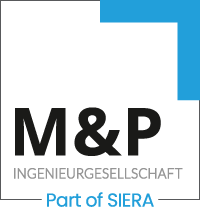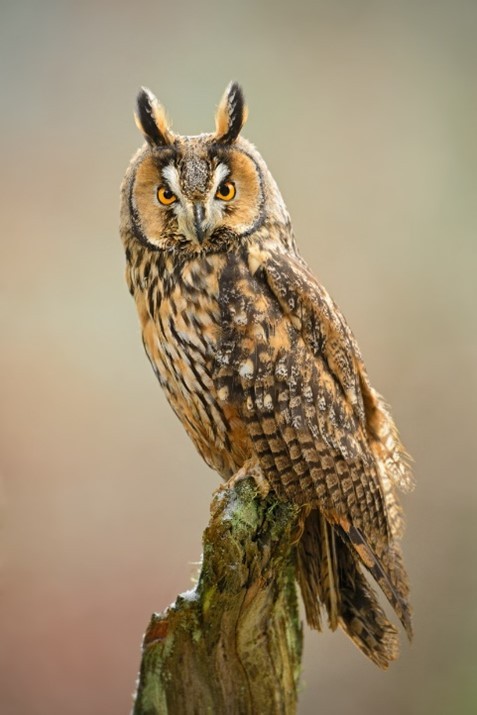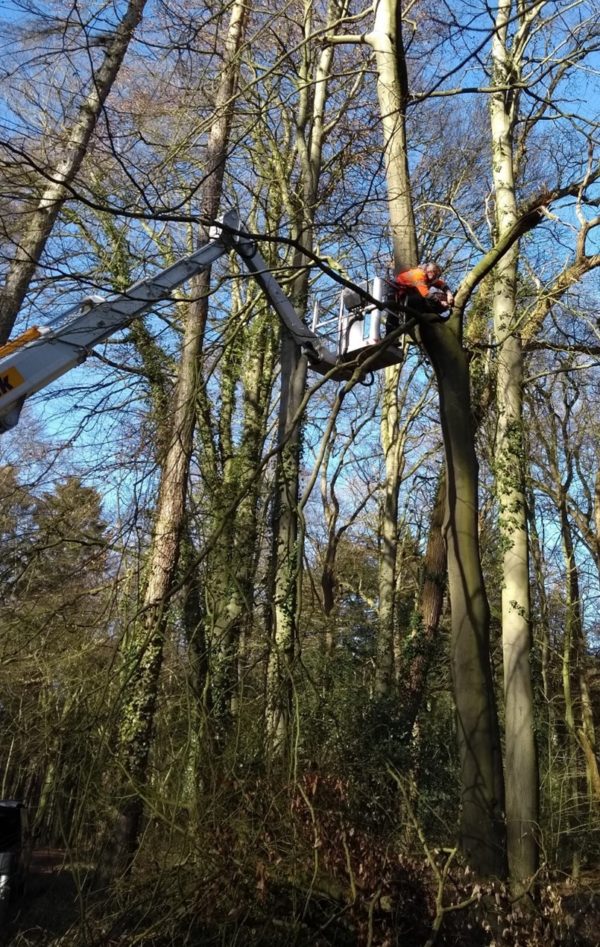The breeding season is in full swing. Depending on the bird species, different structures are chosen for breeding: The blue tit, for example, looks for a tree cavity, the lapwing for a hollow on the ground and the blackcap builds its nest from grasses and thin branches in the bushes. If species are to be specifically promoted, attention must be paid to the right nesting aid.
The nature conservation and species protection team of Mull und Partner accompanies many projects with expert reports on nature conservation. Be it that the land use plan has to be changed for the conversion of an old power plant site, an application for the demolition and new construction of a hotel complex has to be submitted for removal from landscape protection, a maintenance concept has to be developed for area PV plants or proposals for nature-friendly construction processes have to be made for railway infrastructure projects.
We are involved from the very beginning: a nature conservation potential analysis provides information on the relevance of the project in terms of nature conservation law. The mapping requirements and the expert reports to be prepared are derived from this. After biotope types, animals and plants have been recorded by our experts, the desk work begins. The affected species have to be identified, the severity of the impacts estimated and everything assessed according to established methods. This results in the measures that must be taken to keep the impacts on animals, plants, soil, water, climate / air and the landscape as low as possible or to compensate for them elsewhere. Depending on how they are affected, felling applications must be submitted, resettlement programmes developed, protective measures such as amphibian fences erected and monitored, and possibly even exemption permits applied for.
In order to exclude the risk of killing or damaging individuals and thus the prohibitions according to §44BNatSchG, we usually also accompany the construction work in the end as environmental (or soil protection) construction monitoring.
Above all, so-called early compensatory measures (CEF measures) often consist of the creation of suitable breeding sites for animal species that are driven away from their traditional breeding sites by the project. These can be bat boxes, hedge planting for bush-nesting birds or the dormouse, colony boxes for house sparrows, but also special boxes for owls and birds of prey. In this example, nesting baskets were installed for the long-eared owl, whose breeding sites will be lost due to a construction project.



